Tips on growing agapanthus?
delta_shelbygirl
15 years ago
Related Stories

FARM YOUR YARDHow to Grow Vegetables in Containers
Get glorious vegetables and fruits on your patio with a pro’s guidance — including his personal recipe for potting mix
Full Story
GARDENING GUIDES8 Plants That Snobs Love to Hate — and You'll Love to Grow
Don't dismiss these common annuals, perennials and shrubs — there are reasons they've been popular for so long
Full Story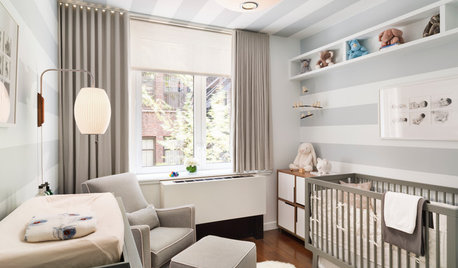
NURSERY IDEASHow to Decorate a Nursery to Grow With Your Baby
A neutral palette, convertible furniture and classic patterns mean you won't have to redecorate for the phases of childhood
Full Story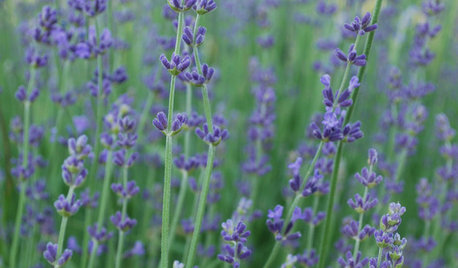
EDIBLE GARDENSHow to Grow Your Own Cocktail Garden
Conceivably, anything edible could find its way into a cocktail. Why not make the route rather short?
Full Story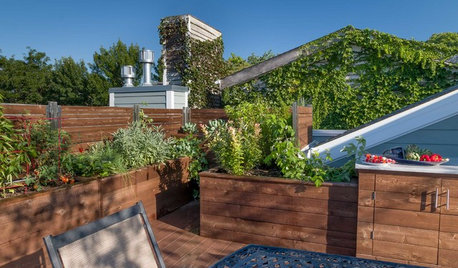
GARDENING GUIDES10 Tips for Beginning Gardeners
With a simple sketch, basic tools and the right plants, you’ll be on your way to growing your first flowers or edibles
Full Story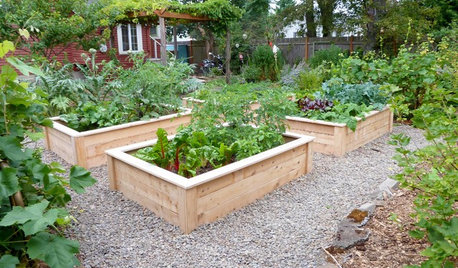
GARDENING GUIDES12 Tips to Help You Start an Edible Garden
Get on your way to growing your own vegetables with a raised bed or a few containers on the patio
Full Story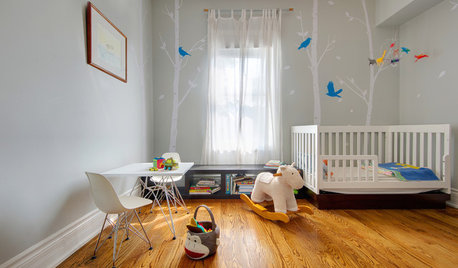
DECORATING GUIDES8 Tips for Creating a Safe and Cozy Nursery
Learn how to design a room that will grow up with your baby and also will be comfortable for you
Full Story
FARM YOUR YARD6 Things to Know Before You Start Growing Your Own Food
It takes time and practice, but growing edibles in the suburbs or city is possible with smart prep and patience
Full Story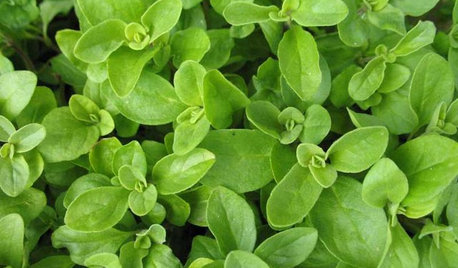
EDIBLE GARDENSHerb Garden Essentials: Grow Your Own Oregano and Marjoram
Say 'buon giorno' to classic Italian herbs you can grow just as easily in pots as in the summer garden
Full Story
SPRING GARDENINGHow to Grow a Rose Garden in Pots
Everything can come up roses, even without a plot of soil in sight. This step-by-step guide to growing roses in containers shows you how
Full StoryMore Discussions








Embothrium
muddydogs
Related Professionals
Mountain Brook Landscape Architects & Landscape Designers · Milford Landscape Contractors · Alpharetta Landscape Contractors · Chelmsford Landscape Contractors · La Verne Landscape Contractors · Long Branch Landscape Contractors · Oak Harbor Landscape Contractors · Salem Landscape Contractors · Aventura Fence Contractors · Folsom Fence Contractors · Holbrook Fence Contractors · Lincolnwood Fence Contractors · Memphis Fence Contractors · Minneapolis Fence Contractors · Queen Creek Fence Contractorsdelta_shelbygirlOriginal Author
gardengal48 (PNW Z8/9)